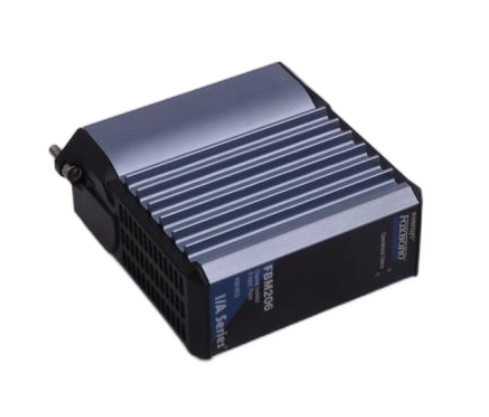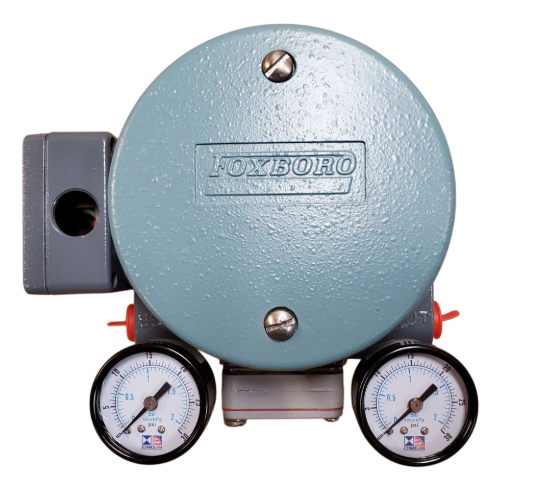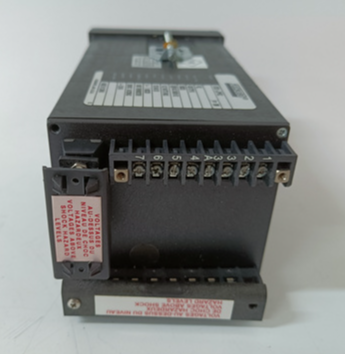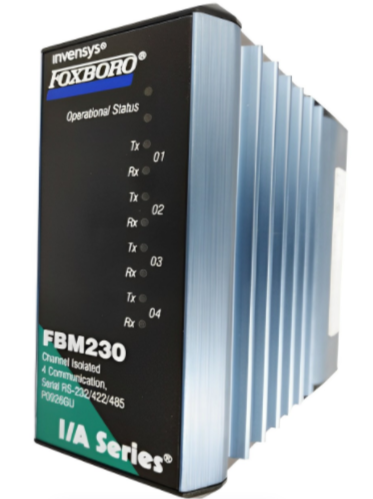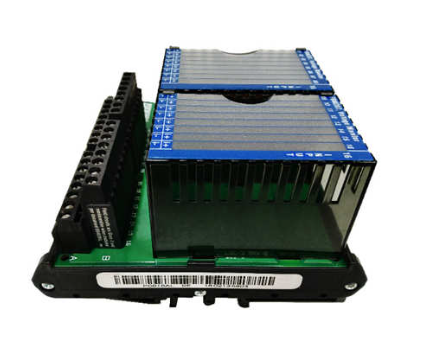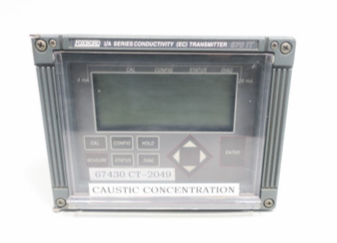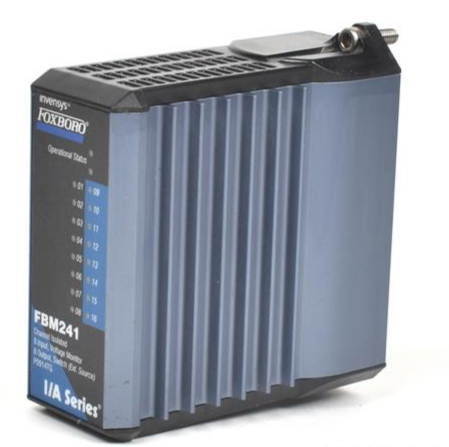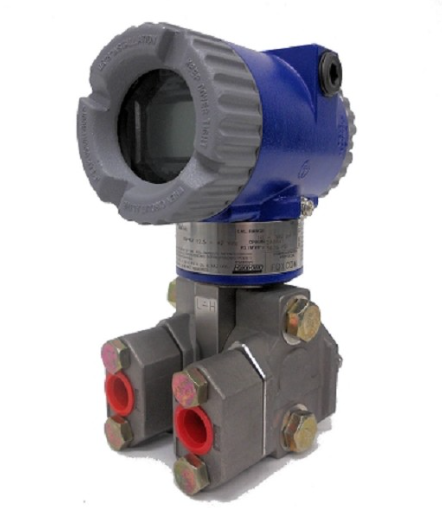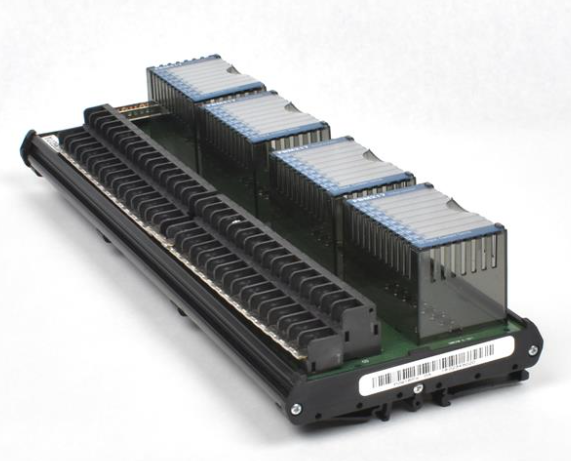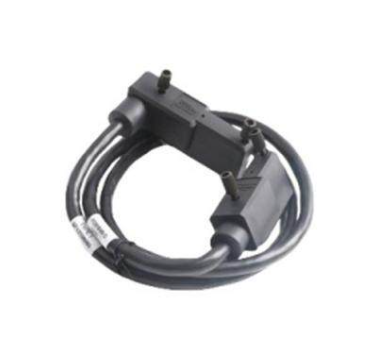Electricity for heating and storage: geothermal energy development
The "14th Five-Year Plan" period is a key period for China to promote high-quality economic development and achieve the phased goal of "dual carbon". Under the environment of strengthening the control of atmospheric haze, actively responding to the trend of global warming, and proactively assuming the responsibility of greenhouse gas emission reduction, geothermal energy has become one of the important new energy sources that all over the country compete to develop and utilize.
Since 2010, the global utilization of geothermal energy has grown rapidly, and the installed capacity and annual utilization heat of geothermal direct utilization are about 108GWt and 283,580 GWH, respectively. China has long maintained the first place in the world in terms of geothermal direct utilization. Ground source heat pump systems account for about 72% and 60% of the installed capacity and utilized heat of global geothermal direct utilization, respectively.
From 1995 to 2020, heat pump systems show an exponential growth trend of about 16% per year, and this trend is expected to continue in the future. By 2020, the total installed capacity of global geothermal power generation will be 15.9GWe, with an annual generating capacity of 73,550 GWH. From 2010 to 2020, the average annual growth rate of geothermal power generation is about 4%.
On the basis of summarizing the current situation of global geothermal energy development and utilization, this paper reviews the development trend and new technology research and development direction of global geothermal energy development and utilization from the aspects of geothermal resource distribution, geothermal power generation utilization, geothermal direct utilization and geothermal energy storage.
At the same time of summarizing the global experience in geothermal development and utilization, aiming at the existing problems and technical level of geothermal energy development and utilization in China, this paper puts forward policy suggestions and future development directions that are conducive to promoting and promoting the development and utilization of geothermal energy in China.

Geothermal resource distribution
The total amount of global geothermal resources is abundant, but the spatial distribution is extremely unbalanced. High-temperature geothermal resources are mainly distributed in discrete plate boundaries and converging plate boundaries. The distribution of high-temperature geothermal resources is generally controlled by the tectonic-thermal background of the Earth, and their spatial distribution is correlated with global plate boundaries, seismic zones and volcanic zones. The most prominent features are high heat flow, strong high-temperature hydrothermal activities, and frequent active volcanoes and seismic activities.
The four global high-temperature geotropics are: the Pacific Rim, the Atlantic Mid-Ridge, the East African Rift, and the Mediterranean-Himalayan belt (Figure 1); The medium-low temperature geothermal resources are widely distributed within the plate, mainly in orogenic belts, intermontane basins and mesocenozoic sedimentary basins.
The circum-Pacific geotropics are the most widely distributed geotropics in the world, spreading along the subduction/collision boundary between the Pacific plate, the American plate and the Eurasian plate. The most notable features are high heat flow, young orogeny and frequent active volcanism. According to the geographical distribution, it is further divided into three geothermal subzones: East Pacific mid-ridge, West Pacific island arc and Southeast Pacific suture line.
The reservoir temperature is generally 250-300 ℃, and the representative geothermal fields are Gaithers in the United States (288℃), Cerro Prieto in Mexico (388℃), Datun in Taiwan, China (293℃), Matsukawa in Japan (250℃), and Bachman in the Philippines (300℃).
The Mediterran-Himalayan geotropics, composed of the Tethys suture zone, are located at the junction of the collision of the Eurasian plate with the African plate and the Indian plate, and are characterized by crustal thickening, young orogeny, modern volcanism, magma intrusion, and high heat flow. The heat storage temperature is generally 150~300 ° C, and the representative geothermal fields are Yangbajing (262 ° C), Yangyi (192 ° C), Tengchong (250 ° C), Kangding (180 ° C), Radriro (245 ° C) in Italy and Kzerdeir (200 ° C) in Turkey.
Most of the mid-Atlantic ridge geotropics lie on the ocean floor, with the surface of the ocean spreading north-south. The heat storage temperature is generally 200~300 ° C, and the representative geothermal fields are Henyr, Iceland (230 ° C), Reykjavik (286 ° C), Namafyar (280 ° C) and so on.
The East African Rift tropical zone is mainly located within the African plate and spreads along the continental rift system, with the Red Sea-Gulf of Aden mid-ocean ridge spreading zone at its northern end. It is characterized by high heat flow, intense modern volcanism and extensive faulting activity. The heat storage temperature is mostly higher than 200℃, and the representative geothermal fields are Dallol in Ethiopia (> 200℃) and Olkaria in Kenya (287℃).
With the development of geothermal resources exploration in recent years, in addition to the above high-temperature geothermal fields formed at plate boundaries, many high-temperature geothermal fields have also been discovered in the interior of the plate, representative of which are the Republic of China Basin (> 200℃) in the northeast margin of the Tibetan Plateau, Landau in Germany (> 160℃) and Cooper Basin in Australia (> 200℃).
Utilization of geothermal power
Geothermal power generation is one of the most important ways of utilizing geothermal energy. At present, the mainstream geothermal power generation technologies include back-pressure power generation, condense-type power generation, flash evaporation power generation, dual-working medium power generation, full-flow power generation, and flash dual-working medium power generation, etc. Which power generation method is adopted mainly depends on the local geothermal resource endowment.
Geothermal power generation has a hundred years of history, in 1904, in Tuscany, Italy, the first use of geothermal power to drive small generators to generate electricity, generating power of 0.55kW, can provide five 100W electric lighting power. In 1913, the world's first geothermal power station was built in this geothermal field, with an installed capacity of 250kW. In 1958, New Zealand built the Waira Thermal Power plant, the first hot water expansion flash geothermal power station. In 1960, the first geothermal power plant in the United States with an installed capacity of 11MW was built in the Geysers geothermal field in California and has been running smoothly for 30 years.
According to the statistics of the International Renewable Energy Organization (IRNEA), by the end of 2021, the total installed capacity of geothermal power generation in the world was 15644MW, which was 3832MW more than that in 2015 (Figure 2), and the world's geothermal power generation is mainly medium and high temperature geothermal resources.
China's high-temperature geothermal resources are mainly distributed in Tibet. In 1977, China's first megawatt-level high-temperature geothermal power plant was successfully generated in Yangbajing, Xizang Province, and the installed capacity of Yangbajing geothermal power station reached 27.18MW at its peak. At the end of 2018, the first phase of 16MW construction of Xizang Yangyidi Thermal Power Station was completed, and the full load was connected to the grid at the end of February 2019. Up to now, the accumulated installed capacity of geothermal power generation in China is about 59.6MW, however, due to various reasons, less than 20MW is currently in actual operation.

Because the exploitable high temperature geothermal resources need to be further explored and the key technologies of dry hot rock power generation still need to be broken through, medium and low temperature geothermal power generation is expected to become an important direction of the future development of geothermal power generation, but medium and low temperature geothermal power generation should be combined with other geothermal utilization methods to improve energy utilization efficiency and economy.
Iceland uses 116℃ geothermal for power generation, with an installed capacity of 0.6MW, and the 76℃ tail water generated after power generation is used for heating, achieving the cascade utilization of geothermal resources. The Chenna geothermal power station built in Alaska in the United States uses geothermal water at 74 ° C to generate electricity, and the geothermal water flows into the evaporator of the organic Rankine cycle generator set, and the heat exchange with the organic working medium in the evaporator is reduced to 54 ° C and flows into the recharge well, and the unit can provide 250kW of electricity. Japan has built ORC power stations with an installed capacity of 100kW~5MW using medium and low temperature geothermal.
In the 1970s, China's first geothermal power station built in Fengshun County, Guangdong Province, the use of geothermal water temperature of 92 ° C, its unit 3 has been running for nearly 40 years, Jiangxi Yichun has created the use of 67 ° C geothermal water for power generation precedent.
Direct utilization of geothermal energy
The direct utilization of geothermal energy includes geothermal heating, geothermal cooling, geothermal drying, hot spring bathing and ground source heat pump. After long-term development, the direct utilization of geothermal resources has evolved from a small single-purpose utilization to a large-scale comprehensive utilization project. At present, more than 80 countries in the world directly use geothermal energy for heating (or cooling) buildings, or for industry and agriculture.
Among them, Iceland is a well-known example of the efficient development and utilization of geothermal energy. Although it is close to the Arctic Circle and has low temperatures all year round, more than 90 percent of households nationwide use geothermal heating due to its abundant geothermal resources. Reykjavik, the capital of Iceland, has a hundred years of geothermal heating history, and the urban area mainly uses geothermal heating, which has the reputation of "smoke-free city".
According to the statistics of the 2020 World Geothermal Congress, at the end of 2019, the total installed capacity of direct utilization of geothermal resources in 88 countries worldwide was 107727MWt (Figure 3), and the energy use was about 1020887TJ/ year (283580GWh/ year). The variation trend and distribution of installed capacity of various geothermal direct utilization modes are shown in Table 1. It can be seen that the installed capacity of various geothermal resources direct utilization modes has increased significantly, especially the rapid growth of ground source heat pump.
With more and more attention paid to ground source heat pumps, the application area and scale of geothermal resources continue to expand.
The comprehensive geothermal cascade utilization undoubtedly improves the utilization rate and economic benefits of geothermal resources. Many countries have begun to adopt this technology one after another. Kenya has developed rapidly in geothermal power generation in recent years, and its direct utilization of geothermal energy is also very distinctive. Kenya's Eburru project utilizes geothermal resources produced in two shallow Wells for drying agricultural products, heating greenhouse, and poultry incubation, etc. In addition, there are also geothermal cascade utilization projects in Iceland, Austria, and Germany.
Since the first World Geothermal Congress in 1995, the heat directly utilized by geothermal energy in China has always ranked first in the world. At the end of 2014, the direct use of geothermal energy in China took place gratifying changes, and the proportion of geothermal heating exceeded that of hot spring bathing for the first time. By the end of 2019, China's geothermal direct utilization capacity was 40,610MW, accounting for 37.7% of the world's total installed capacity, and the annual utilized energy was 443,492TJ/year, accounting for 43.4% of the world's total utilized energy. Geothermal heating is the most important geothermal utilization mode in China besides ground source heat pump, accounting for 55.6% of the world's total annual heat utilization.
In 1990, the country's geothermal heating area was only 1.9 million square meters, 11 million square meters in 2000, and 478 million square meters in 2019. In 2019, the area of hydrothermal geothermal heating in Hebei Province reached 160 million m2, and Xiongxian County was also built into a "smoke-free city" of geothermal heating. Under the guidance of the "double carbon" goal, it can be predicted that the speed of geothermal resource development and utilization will continue to accelerate.

Geothermal energy storage utilization
Geothermal energy storage is a kind of energy storage system that uses underground aquifers as the medium to store heat energy. It injects and draws groundwater from aquifers through underground Wells, enabling heat energy storage and recovery (Figure 4). Geothermal energy storage can make up for the imbalance in the time/space distribution of energy supply and demand, can comprehensively utilize a variety of renewable energy forms, reduce dependence on fossil fuels, provide a good solution for energy conservation, emission reduction and environmental protection, and is also a powerful means to help China achieve the goal of "dual carbon".
According to the depth of the aquifer, geothermal energy storage systems can be divided into the following two categories:
1. Shallow geothermal energy storage, aquifer depth is shallow at 500m, storage hot water temperature is generally lower than 50℃;
2. Deep geothermal energy storage, aquifer depth is usually 500m deep, storage hot water temperature is generally 50~150℃.
Because of the low temperature of shallow geothermal energy storage, its main use is the heating and cooling of buildings. The international application of shallow geothermal energy storage systems began in the middle of the 20th century. In China, the practice of using shallow underground aquifers for heat storage was developed earlier. In the 1960s, Shanghai carried out underground aquifer heat storage technologies of "winter irrigation for summer use" and "summer irrigation for winter use".
Up to now, a total of six shallow geothermal energy storage systems have been built and put into use in China. In recent years, with the development of emerging industries, the utilization of shallow geothermal energy storage has become more diversified. There are practical examples of using shallow geothermal energy storage in both greenhouse agriculture and large data centers.
Deep geothermal energy storage can be stored at a higher temperature, some even exceeding 100 ° C, and can mainly be used for power generation and heating. The research and utilization of deep geothermal energy storage began in the 1980s. In recent years, with the increasing demand for energy, deep geothermal energy storage technology has received renewed attention, and more and more research and engineering practice on deep geothermal energy storage technology have been carried out.
In 2018, the EU funded the underground heat storage project HEATSTORE, with a total investment of 50 million euros, 9 countries participated (Germany, France, the Netherlands, Switzerland, Belgium, Denmark, Iceland, etc.), the project lasted for 5 years (2018-2022), and funded a total of 6 underground heat storage demonstration projects, including 3 deep geothermal energy storage projects. In addition, the National Science Foundation (NSF) funded the heat storage project Geothermal Battery, a total investment of $10 million, led by the University of Utah, Idaho National Laboratory and a number of enterprises to participate.
The research on deep geothermal energy storage in China started late, and the current research on deep aquifer underground heat storage undertaken by the geothermal team of the Chinese Academy of Sciences has entered the stage of technology research and development and demonstration project construction from theoretical model research.

As a huge natural energy storage, geothermal storage is most suitable for the function of energy storage and stable thermal energy output in a multi-energy complementary system. It can save renewable energy such as wind energy and solar energy, realize efficient large-scale cross-season energy storage utilization, improve the utilization efficiency of renewable energy and overcome the shortcomings of intermittenity and instability of renewable energy. It can accelerate the adjustment of China's energy structure and help achieve the development goals of "carbon peak" and "carbon neutrality".
According to the study, a survey of 74 shallow geothermal energy storage systems in the Netherlands shows that for every 1m3 of groundwater extracted from the system, an average CO2 reduction of 0.46kg can be achieved. For a small-scale geothermal energy storage system (0.1-3MW), this is equivalent to reducing CO2 emissions by 150t/a per year, and for a large-scale system (5-30MW), carbon emissions can be reduced by up to 1500t/a per year. In contrast, the average CO2 reduction for ground source heat pump (GSHP) systems is between 1.8 and 4.0t/a.
The world's largest shallow geothermal energy storage system on the campus of the University of Technology in Eindhoven (Netherlands) can reportedly reduce emissions by more than 13,000 tons of CO2 per year, which is equivalent to the average annual carbon emissions of 800 US citizens or 1,300 German citizens.
At the same time, under certain conditions, the geothermal energy storage system has a more significant economic benefit advantage than the ordinary geothermal system. The return on investment time of a typical geothermal energy storage system is only 2 to 10a. Geothermal energy storage systems for refrigeration have an even shorter return on investment because the stored cold capacity can be used directly, without the need for a heat pump. According to research reports。
- EMERSON
- Honeywell
- CTI
- Rolls-Royce
- General Electric
- Woodward
- Yaskawa
- xYCOM
- Motorola
- Siemens
- Rockwell
- ABB
- B&R
- HIMA
- Construction site
- electricity
- Automobile market
- PLC
- DCS
- Motor drivers
- VSD
- Implications
- cement
- CO2
- CEM
- methane
- Artificial intelligence
- Titanic
- Solar energy
- Hydrogen fuel cell
- Hydrogen and fuel cells
- Hydrogen and oxygen fuel cells
- tyre
- Chemical fiber
- dynamo
- corpuscle
- Pulp and paper
- printing
- fossil
- FANUC
- Food and beverage
- Life science
- Sewage treatment
- Personal care
- electricity
- boats
- infrastructure
- Automobile industry
- metallurgy
- Nuclear power generation
- Geothermal power generation
- Water and wastewater
- Infrastructure construction
- Mine hazard
- steel
- papermaking
- Natural gas industry
- Infrastructure construction
- Power and energy
- Rubber and plastic
- Renewable energy
- pharmacy
- mining
- Plastic industry
- Schneider
- Kongsberg
- NI
- Wind energy
- International petroleum
- International new energy network
- gas
- WATLOW
- ProSoft
- SEW
- wind
- ADVANCED
- Reliance
- YOKOGAWA
- TRICONEX
- FOXBORO
- METSO
- MAN
- Advantest
- ADVANCED
- ALSTOM
- Control Wave
- AB
- AMAT
- STUDER
- KONGSBERG
- MOTOROLA
- DANAHER MOTION
- Bently
- Galil
- EATON
- MOLEX
- Triconex
- DEIF
- B&W
- ZYGO
- Aerotech
- DANFOSS
- KOLLMORGEN
- Beijer
- Endress+Hauser
- MOOG
- KB
- Moxa
- Rexroth
- YAMAHA
- Johnson
- Westinghouse
- WAGO
- TOSHIBA
- TEKTRONIX


Email:wang@kongjiangauto.com


